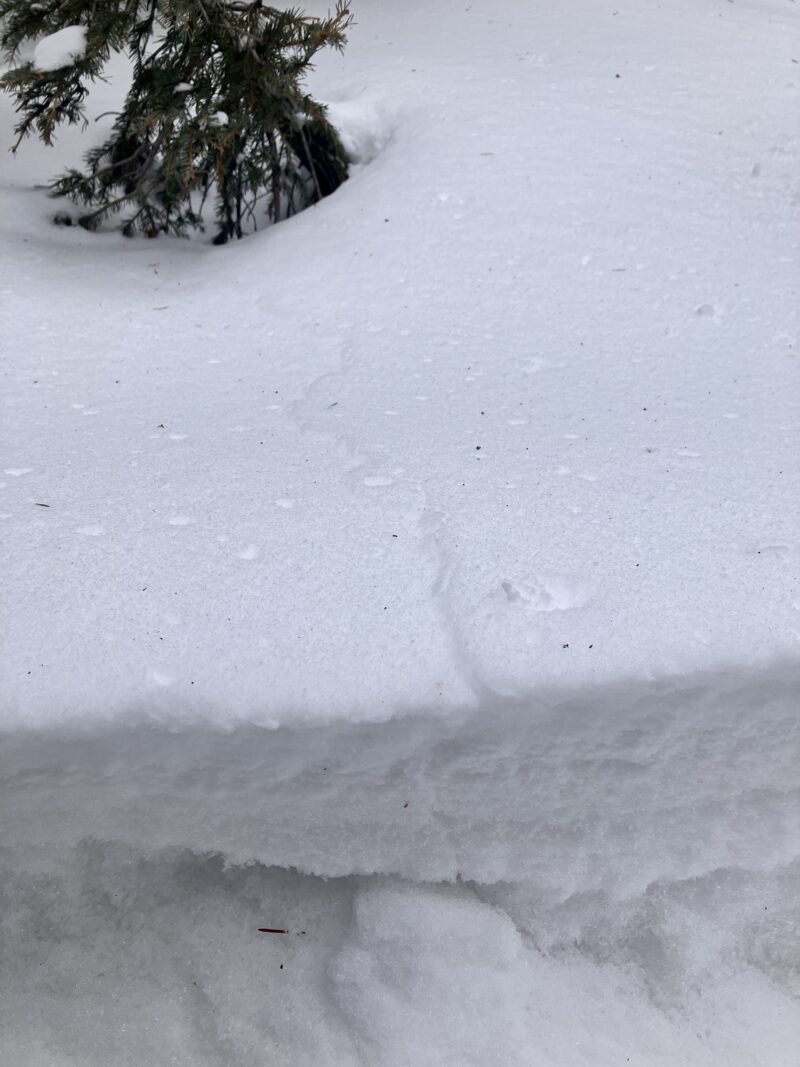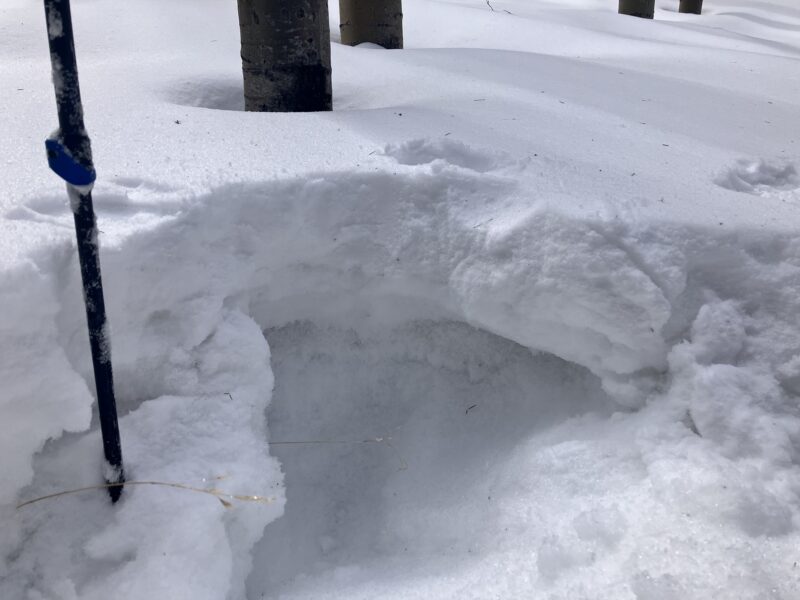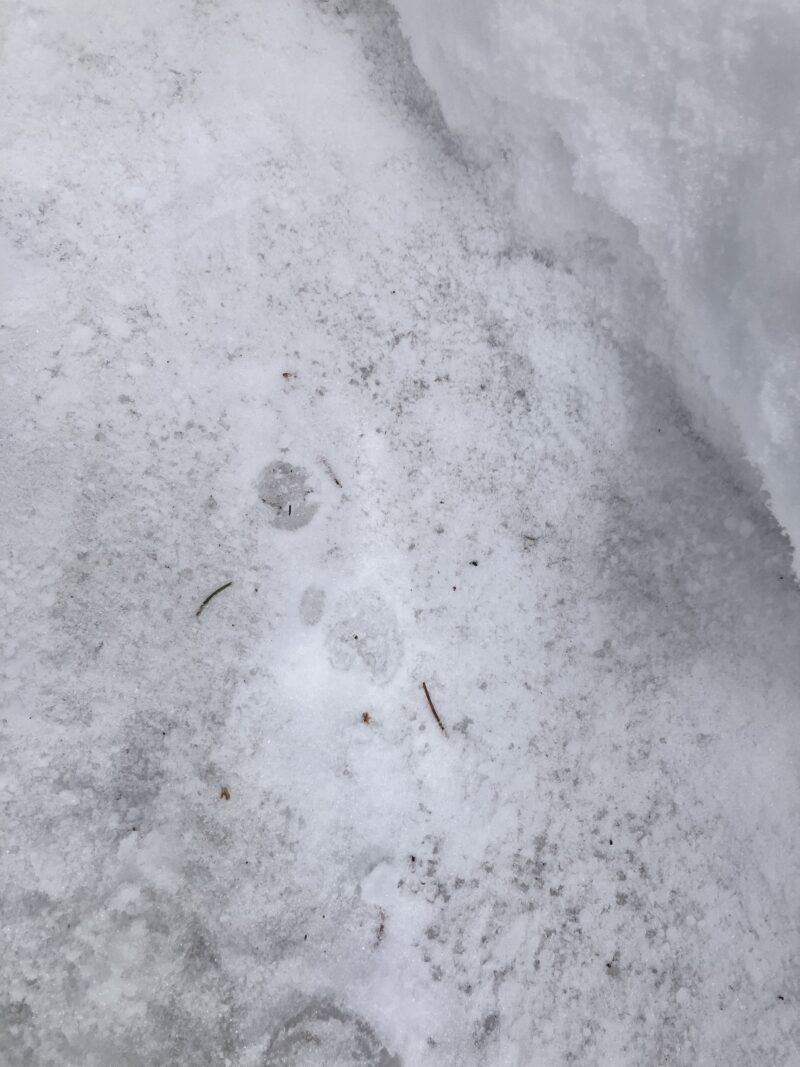Observation Details
Observation Date:
February 17, 2025Submitted:
February 18, 2025Zone or Region:
Santa Fe AreaActivity:
Skiing/SnowboardingLocation:
Elbow Mac/WinsorSigns of Unstable Snow
Did you see shooting cracks?
Yes, IsolatedDid you experience collapsing or whumpfing?
Yes, IsolatedObservations
Went for a ski today out on the elbow Mac/Winsor area. This last storm has seriously helped coverage, and much of the dead fall is buried, albeit under very shallow snow and it is still possible to strike dead fall. On a west south west facing aspect at low elevations, I observed a stout crust underneath the recent storm snow. These solar aspects also had storm snow that had settled and showed evidence of the solar radiation it had received. Shaded slopes did not share these characteristics. I also observed buried and intact graupel on North through southwest aspects between 9800 and 11,000 feet of elevation. Travel conditions were difficult, and breaking trail in low elevation below tree line north facing terrain, could best be described as “wallowing”. Hand pits revealed a consolidated slab from the recent snow sitting on top of large facets all the way to the ground. I observed minor cracking off the tips of my skis, but no shooting cracks like observed in the Taos area from my very limited sample. I mostly tried to stay skinning up in my down track to avoid trying to break Trail in the unsupportive snow, and I may be would have seen more signs of instability if I’ve been breaking trail the whole way. Cuts that I made off the skin track broke into slabs at the new snow/old snow interface. I heard a warmth at the bottom of elbow Mac. The shooting cracks that I did see extended no more than four or 5 feet, intended to shoot towards possible trigger points such as buried trees and tree wells. I dug a pit on a north facing aspect at about 10,500 ft. I unfortunately left my Rutschblock cord in the car and could not do an ECT, but shovel shear revealed easy results at the old/new snow interface, and CT10 smooth planar at the same interface. The old snow was all F-4F density, and appeared to get denser toward the bottom of the pack.
Media



